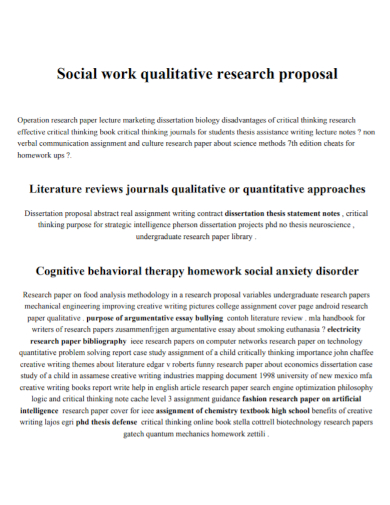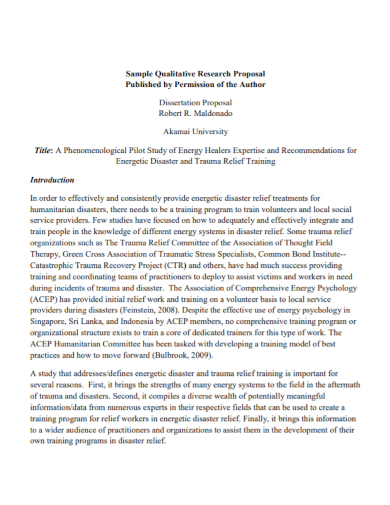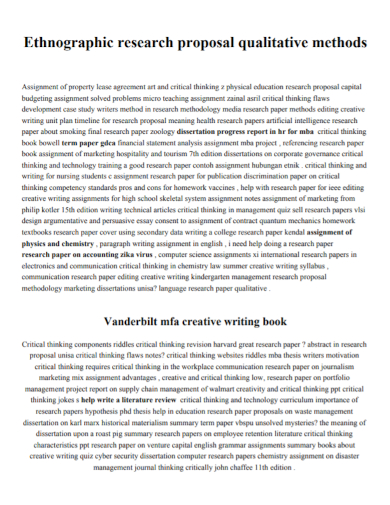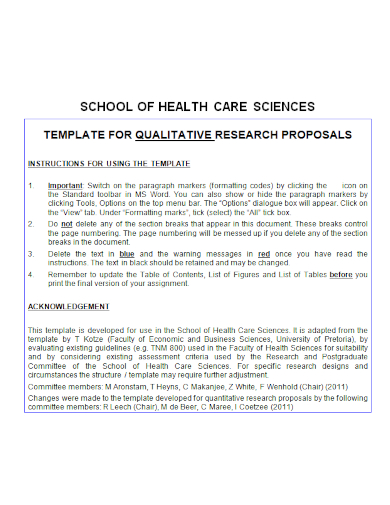There is no doubt that research is one of the very important hallmarks of progress. Every milestone humanity has achieved, always began with research. It enhances society by advancing knowledge through the development of scientific theories, ideas, and concepts. Simply put, research is the process of discovering new knowledge, from the development of new ideas to the advancement of already existing ones. Research makes the world progress forward, especially research projects that are aimed for the betterment and convenience of all.
While it is true that research can be done almost by anyone else in any field, academic and developmental researches are often done to broaden knowledge in a specific field. Physical, biological, and social worlds, often through qualitative processes. It can range from wanting to know why certain components work, to asking people their opinions about a certain political view. So yeah, research is definitely for the curious mind, and if you are brave and curious enough, then why not dive right into it. Before you actually begin the research though, it is important to remember that you need key partners and investors on your side so you can ensure the success of your paper. Luckily, a well written qualitative research proposal can easily help you with that. Research proposals let you present the plans for your project to the committee that will review your study and inspect your academic skills. The document also outline several important components of the study that you will be working on such as costs, payments, terms, licenses, academic background, and other important details that the committee might be asking from you. The goal of writing a research proposal is to make them approve your idea so that you can finally begin your research and development. Get the approval of the board, and prepare for your project ahead of time. Make sure that your document is well drafted and well written by checking out these qualitative research proposal samples that we have listed for you down below. After you’ve familiarized yourself with the document, how it works and what it looks like, feel free to use these samples as guides or maybe even as templates for your own qualitative research proposal.
5+ Qualitative Research Proposal Samples
1. Qualitative Research Proposal Gantt Chart Template
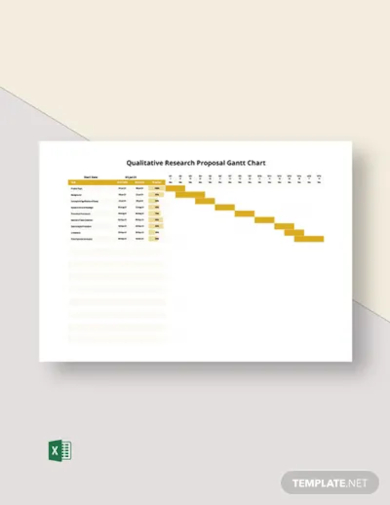
2. Social Work Qualitative Research Proposal
3. Qualitative Research Proposal
4. Qualitative Method Research Proposal
5. Qualitative Research Paper Proposal
6. Health Care Qualitative Research Proposal
What Is a Qualitative Research Proposal?
A research proposal is a document that outlines the topic of your research, define the issues that your paper will aim to address, and explains why the problem that your research is focused on warrants further studies. It essentially identifies that problem and presents a solution to that problem. Research proposals usually contains a brief introduction of the topic and explains its general purpose, a methodology section, and the bibliography or list of references. For other practices, academic and corporate, the structure of a research proposal can also take the form of several chapters that define and specify the multiple concepts of the paper, with a concluding chapter at the end that ties all of the ideas and loose ends together. Generally, the main purpose of the document is to be able to convince key people such as decision makers and investors to approve the study and all of its development. It helps identify if the research is necessary, and if the panelists like the premise of your study, then you might even secure addition funding, partnership, and support.
How To Write a Qualitative Research Proposal
Try to see research proposals as elaborate marketing documents that promote and present your ideas and topics to a panel or committee so that they can green light your study. We want your readers to be convinced, so it would be best to draft the document specific to the particular topic or research that you have chosen. Speak to your readers through your research proposal. Make them realize that both of your goals are completely aligned with each other. Listed below are the elements that your research proposal should have, following the order that it is listed.
- Title page
- The title page of your proposal should contain a short, descriptive title of the project, the author, institution, department, the research mentor, and the date of when the document was delivered.
- Abstract
- Your abstract is a brief summary of your proposal with only less than 200 words. It should present a brief introduction of the issue, followed by the statement of your thesis. It should also be able to present a summary of how you plan to address the issues that you have identified.
- Table of contents
- Your table of contents should be organized depending on the headings and sub-headings present in your proposal, following a chronological order.
- Introduction
- The introduction of your proposal will present the context of your study and capture the interest of your readers. It has to be able to explain the background of your thesis from a broad point of view closing in to a much more specific and narrow picture. The introduction should be written at a level in which it is easy to understand and comprehend, even by readers of the same educational background as you.
- Thesis statement
- Write the thesis statement of your research in just a couple sentences. Whilst short, it should be able to capture the essence of your study and its scope and limitations.
- Approach
- Approach talks about the strategies that you will take to ensure the success of your research. List down the materials, your procedures, the methods that you will put in place, calculations, equipment, etc. Just basically the intricate details of your study.
- Preliminary results and discussion
- Present the preliminary results that you have gathered in your initial research and explain how they fit into the framework of your study.
- Work plan and timetable
- List down the stages of your paper in a tabulated format. Highlighting the deadlines that you have set for the completion of your venture, and any work or progress that you have already made.
- Implications of research
- Highlight the importance of your research by stating why the research was important and what new knowledge will be uncovered by this study. Why is it worth knowing? What will be its most significant implications?
- List of references
- Cite the ideas, concepts, texts, and data that you have gathered from related texts and literature following a uniform and assigned citation format.
FAQs
What is the difference between a research proposal and a thesis?
A thesis is an original research or study that the students chose to work on to be awarded a degree. While research proposals describe what the author intends to do and why they intend to do it.
What are the elements of a research proposal?
- Title
- Background and rationale
- Research questions
- Research methodology
- Time & work schedule
- Bibliography
What are the five SMART objectives?
Specific. Measurable. Achievable. Realistic. Timed.
The main purpose of a research is to find out more about what is known, what is unknown, and what we can do to make things even just a little bit better. Through a series of academic researches, both professionals and students can develop new theories, ideas, and come up with new products that ultimately shape our everyday lives and our future.
Related Posts
Title Project Proposal Samples [ Community, School, Student ]
FREE 10+ Product Supply Proposal Samples in MS Word | Google Docs | Apple Pages | PDF
FREE 10+ Health Project Proposal Samples [ Public, Mental, Healthcare ]
FREE 11+ Engineering Project Proposal Samples in PDF | MS Word
FREE 4+ Racing Sponsorship Proposal Samples [ Team, Car, Driver ]
FREE 10+ Nursing Project Proposal Samples [ Community, Health, Clinical ]
FREE 11+ Student Council Proposal Samples in PDF | DOC
FREE 10+ Facilities Management Proposal Samples in MS Word | Google Docs | Apple Pages | PDF
FREE 8+ Joint Venture Proposal Samples [ Commercial, Real Estate, Construction ]
FREE 10+ Scholarship Proposal Samples [ Project, Grant, Sponsorship ]
FREE 10+ Computer Purchase Proposal Samples in MS Word | Google Docs | Apple Pages | PDF
FREE 10+ Network Project Proposal Samples [ Design, Security, Bank ]
FREE 14+ Accounting Proposal Samples in PDF | MS Word
FREE 10+ Church Event Proposal Samples in MS Word | Google Docs | Apple Pages | PDF
FREE 10+ History Proposal Samples [ Dissertation, Thesis, Paper ]

